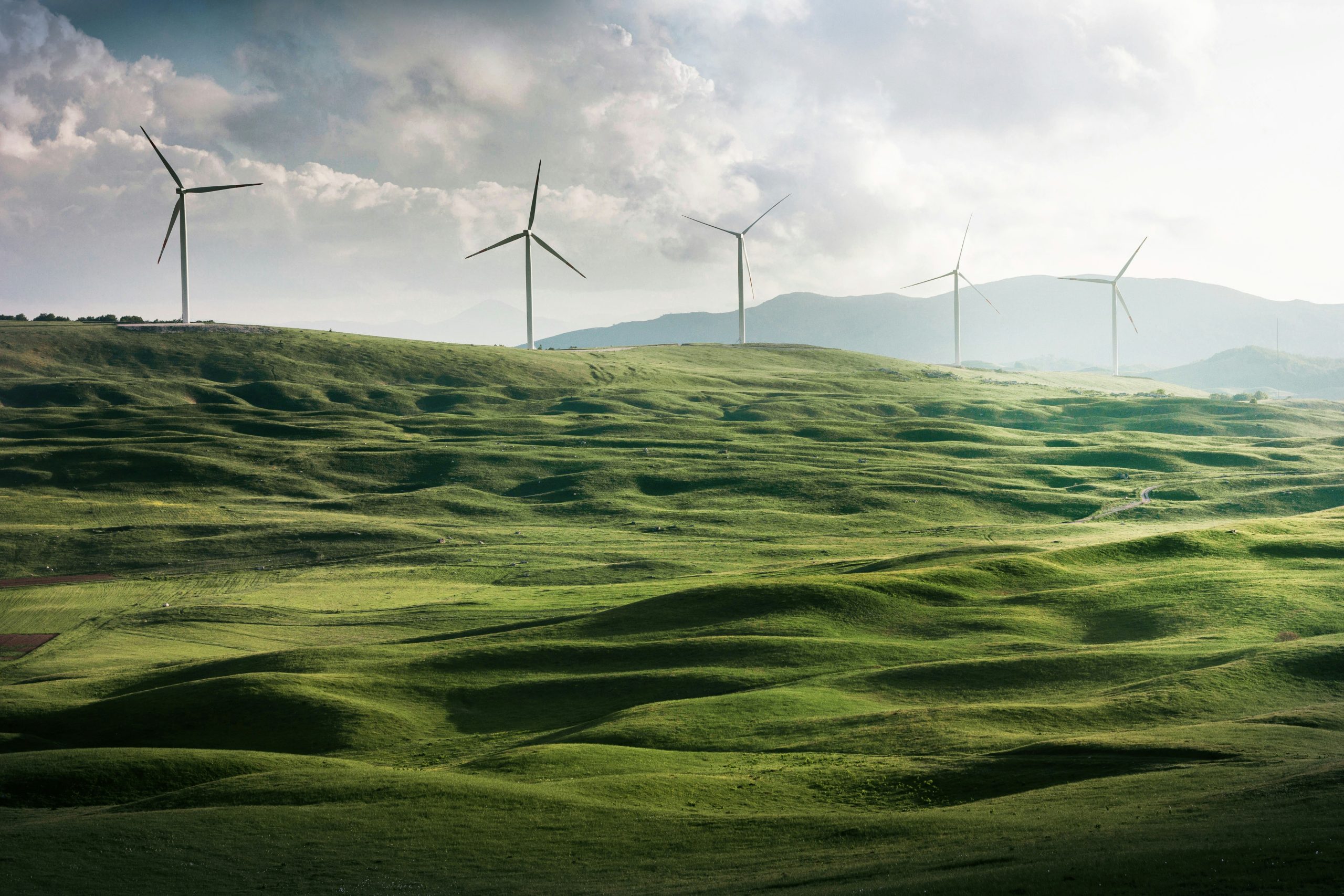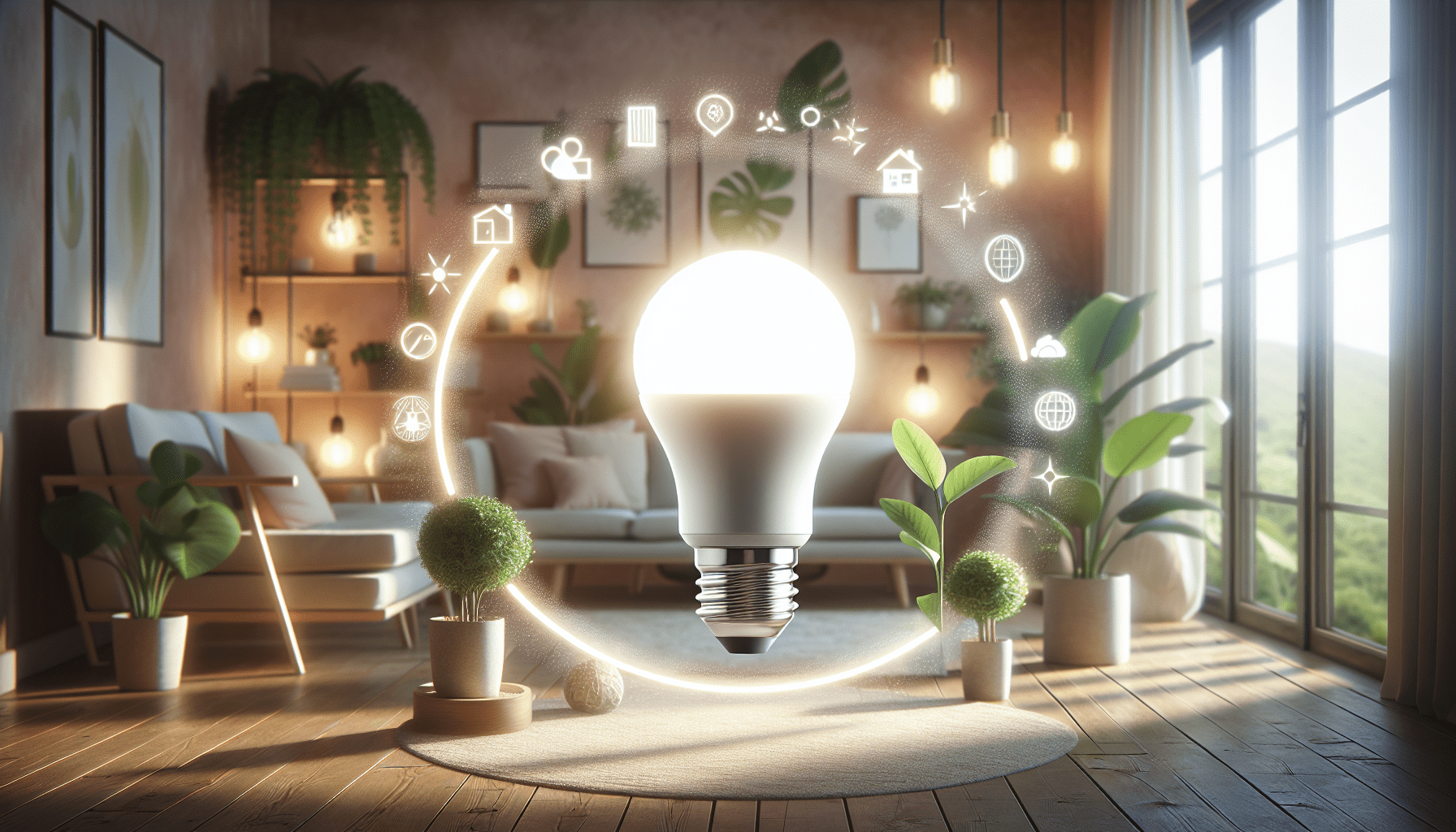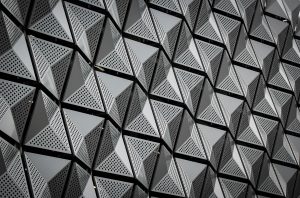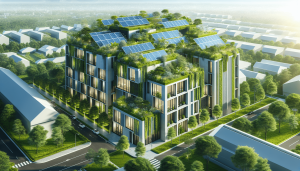Hey there! In today’s article, “How to Make Your Home More Energy-Efficient,” we’re diving into practical steps we can take to reduce our energy consumption and lower those pesky utility bills. We’ll explore simple adjustments, such as switching to LED bulbs, sealing drafty windows, and upgrading to energy-efficient appliances. By making these changes together, we not only save money but also contribute to a healthier planet. Let’s get started on transforming our homes into energy-efficient havens! How can we make our home more energy-efficient? This is a question many of us ponder, especially as we become more conscious of our environmental footprint and the global energy crisis. With the right strategies and changes, we can reduce our energy consumption, save money, and contribute to a greener planet. In this guide, we’ll explore various ways to transform our homes into energy-saving havens, covering everything from simple tips to more extensive home upgrades.

Understanding Energy Efficiency
Before we dive into practical solutions, it’s important to grasp the concept of energy efficiency. In basic terms, energy efficiency means using less energy to perform the same task, thereby eliminating energy waste. It’s about gaining more with less – heating our homes, lighting our rooms, and powering our appliances without excessive energy use.
Why is Energy Efficiency Important?
Energy efficiency matters for several reasons. Firstly, it helps us reduce our energy bills, saving money in the long run. Secondly, it lowers our carbon footprint, playing a crucial role in combating climate change. Lastly, efficient energy use lessens the strain on power grids, contributing to a more sustainable energy future.
Conducting an Energy Audit
Conducting an energy audit is a smart first step towards making our home more energy-efficient. It helps identify areas where energy is being wasted and suggests improvements.
Hiring a Professional vs. DIY
We have two main options for energy audits: hiring a professional or doing it ourselves. Professional audits are thorough and come with expert recommendations, but they may incur a cost. DIY audits, on the other hand, can be done using various online tools and guides, saving money but requiring more personal effort.
Key Areas to Check
Whether we’re opting for a professional or DIY audit, here are key areas to examine:
- Insulation
- Heating and cooling systems
- Windows and doors
- Lighting
- Appliances and electronics
Improving Insulation and Sealing
A significant portion of home energy loss occurs through poor insulation and air leaks. By improving insulation and sealing gaps, we can create a more energy-efficient home.
Insulation Types and Areas
Insulation comes in various forms, such as fiberglass, foam, and cellulose, and should be installed in multiple areas of the home.
| Area | Recommended Insulation Type |
|---|---|
| Attic | Blown-in fiberglass, spray foam, or cellulose sack |
| Walls (internal/external) | Fiberglass batts, foam boards |
| Floors over unheated spaces | Foam boards, fiberglass batts |
| Basement and crawlspaces | Spray foam, foam boards |
While adding insulation may involve upfront costs, the long-term savings on energy bills often make it a worthwhile investment.
Sealing Air Leaks
Air leaks are often found around doors, windows, and other openings. Some common solutions include:
- Weatherstripping for doors and windows
- Caulking gaps and cracks
- Installing draft stoppers
Even small efforts like sealing gaps around pipes and electrical outlets can make a noticeable difference in energy efficiency.
Optimizing Heating and Cooling Systems
Heating and cooling typically account for a large chunk of household energy use. Optimizing these systems is crucial for an energy-efficient home.
Regular Maintenance
Regular maintenance of heating and cooling systems ensures they operate efficiently:
- Clean or replace filters in HVAC systems every 1-3 months
- Schedule annual check-ups for HVAC systems
- Ensure ducts are sealed and properly insulated
Programmable Thermostats
Using programmable thermostats allows us to set temperatures according to our schedules, avoiding unnecessary heating or cooling when the home is unoccupied.
Upgrading to Energy-Efficient Models
If our heating and cooling systems are outdated, upgrading to Energy Star-rated models can lead to significant energy savings. Although the initial cost is higher, the efficiency gains and utility bill savings make it a smart investment over time.

Efficient Lighting Solutions
Lighting is another area where we can enhance energy efficiency with minimal effort.
LED and CFL Bulbs
Swapping out traditional incandescent bulbs for LED (Light Emitting Diodes) or CFL (Compact Fluorescent Lamp) bulbs is a simple way to save energy. These bulbs use a fraction of the energy and last longer.
Smart Lighting
Smart lighting systems enable us to control lights remotely or set them on schedules, ensuring lights are off when they’re not needed. Motion sensor lights are also a great way to avoid unnecessary lighting.
Natural Lighting
Maximizing natural light can reduce our dependence on artificial lighting. Consider these steps:
- Use light-colored paint and reflective surfaces to enhance light dispersion
- Install larger or more energy-efficient windows
Energy-Efficient Appliances
Modern appliances are designed to be more energy-efficient, and upgrading our old models can lead to substantial savings.
Energy Star Ratings
When purchasing new appliances, look for the Energy Star rating. These appliances meet strict energy-efficiency guidelines set by the EPA and the U.S. Department of Energy.
Efficient Appliance Use
How we use our appliances also impacts energy consumption. For instance:
- Run dishwashers and washing machines with full loads
- Use cold water for washing clothes
- Air-dry dishes and clothes when possible
Unplugging Electronics
Many of our electronics consume power even when they’re turned off, known as “phantom load” or “vampire energy.” Unplugging devices when they’re not in use or using power strips to switch them off can significantly reduce this unnecessary consumption.

Water Heating Efficiency
Water heating is another significant energy drain in our homes. Improving its efficiency can lead to notable energy and cost savings.
Lower Water Heater Temperature
Setting the water heater to 120 degrees Fahrenheit instead of the default 140 degrees can reduce energy consumption significantly.
Insulating the Water Heater
Insulating older water heaters can help retain heat, making them more efficient. Insulating hot water pipes can also prevent heat loss.
Energy-Efficient Water Heaters
Consider replacing old water heaters with new, efficient models such as:
- Tankless water heaters
- Heat pump water heaters
- Solar water heaters
Renewable Energy Sources
Harnessing renewable energy sources can drastically cut our energy consumption.
Solar Panels
Installing solar panels is an excellent way to generate clean, renewable energy. While the initial investment is significant, government incentives and long-term savings make it a compelling option.
Wind Turbines
For those in windy areas, small wind turbines can supplement home energy needs. They can be a good alternative or addition to solar panels.
Geothermal Systems
Geothermal systems use the earth’s consistent underground temperature to heat and cool homes. Although installation costs are high, they offer substantial long-term savings and are highly energy-efficient.

Smart Home Technologies
Incorporating smart technology can make our homes more energy-efficient and convenient.
Smart Thermostats
Smart thermostats learn our schedules and adjust temperatures automatically, optimizing heating and cooling based on when we’re home or away.
Smart Power Strips
These power strips can detect inactive devices and cut off power to them, reducing phantom loads and unnecessary energy consumption.
Smart Home Energy Monitors
Energy monitors track our energy usage in real time, offering insights and tips for reducing consumption.
Behavioral Changes for Energy Efficiency
Sometimes, the changes we make don’t involve new technology or expensive upgrades, but simply altering our daily habits.
Turning Off Lights and Appliances
One of the simplest ways to save energy is to make a habit of turning off lights and appliances when they’re not in use. It’s surprising how much energy we can save with this basic practice.
Efficient Use of Heating and Cooling
During winter, we can wear warmer clothes indoors and set our thermostats a few degrees lower. In the summer, using fans and closing curtains during peak sunlight hours reduces cooling needs.
Conscious Consumption
Being mindful of our energy use – whether it’s short showers, maximizing dishwasher loads, or waiting until off-peak hours for high-energy tasks – can make a significant difference over time.

The Financial Benefits of Energy Efficiency
Improving our home’s energy efficiency isn’t just about being environmentally responsible; it also offers clear financial advantages.
Reduction in Utility Bills
One of the most immediate benefits is the reduction in monthly utility bills. From lighting and heating to water and appliances, every step towards efficiency leads to lowered consumption and costs.
Increased Home Value
Energy-efficient homes are highly attractive to buyers. If we ever decide to sell, these upgrades can increase our home’s market value and appeal.
Incentives and Rebates
To encourage energy efficiency, many governments, utilities, and organizations offer incentives and rebates. Researching and taking advantage of these programs can make our upgrades more affordable.
Government Incentives
Programs like tax credits for solar panels or deductions for energy-efficient home improvements can reduce the effective cost of our investments.
Utility Company Rebates
Many utility companies offer rebates for upgrading to energy-efficient appliances or for conducting home energy audits. Checking with our local providers can uncover additional savings.
Conclusion
By understanding and implementing energy efficiency measures, we can turn our homes into models of sustainability and cost-effectiveness. From conducting energy audits and enhancing insulation to embracing renewable energy and smart technology, we have numerous options to make a significant impact. Each small change contributes to a larger goal of reducing our energy footprint, saving money, and creating a better future for us all. Let’s take these steps together and make our homes greener and more efficient!



